
For the latest in the Student Works series Archinect featured The Petropolis of Tomorrow: Drift & Drive...a proposed solution for Petrobras...to relocate workers offshore...Thayer-D was curious "What kind of job do students who do this kind of work expect to do?" and amphibious agreed "For me, the real problem with this project is its weakness in experimentation, substance, and form. What is radical here really?"
For the latest in the Student Works series Archinect featured The Petropolis of Tomorrow: Drift & Drive. Joanna Luo, Weijia Song, Alex Yuen, students at Rice School of Architecture completed the project working with their advisor Neeraj Bhatia.
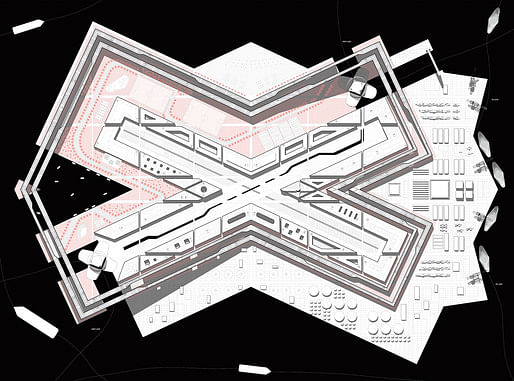
Consisting of a system of floating islands strategically located along the natural drift current of the Brazilian coast, the project is a proposed solution for Petrobras, the Brazilian petrochemical company, to relocate workers offshore, as rigs are established ever further from the coast, increasing the transportation cost of both workers and oil.
Thayer-D was curious "What kind of job do students who do this kind of work expect to do? I know it's the schools that promote this stuff, it's no different than when I went to school 20 years ago, but it still strikes me as academic malpractice" and amphibious agreed "with most of the comments here and I think they point out a deeper problem in this project. I am a truly believer of experimental work...For me, the real problem with this project is its weakness in experimentation, substance, and form. What is radical here really?"

If your looking for holiday gift ideas check out the latest in the Working out of the Box series in which Archinect interviewed Airi Isoda, Architect-turned-Fashion Designer and one half of wrk-shp. Aaron Plewke dug the clothes but wanted to know "I do wonder about the concrete-dipped clothing...how it holds up, etc. Can my wife sit down in that dress without breaking it? and so on..."

News
The Architects Journal noted the loss of a 'Great educator' and critic Alan Colquhoun dead aged 91.
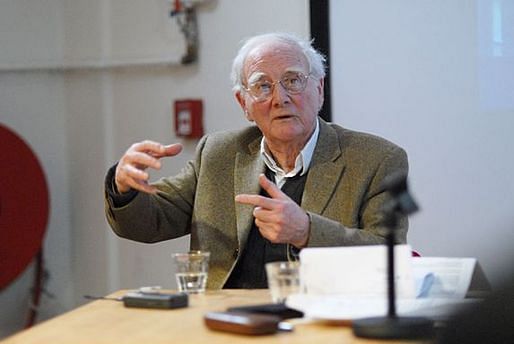
ELEVEN ELEVEN is a film directed by Elizabeth Priore about the parking garage by Herzog & de Meuron Architekten in Miami Beach, where people go to get married, relax, and enjoy a cocktail.
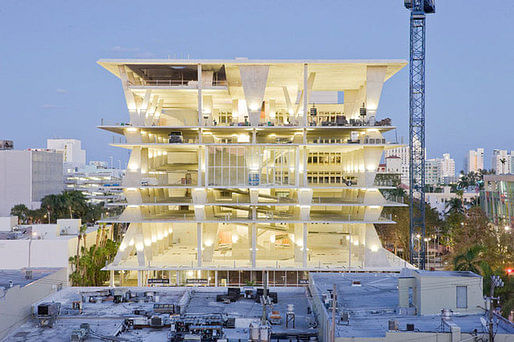
mfischer3387 laughingly called bullshit on some of the hype explaining "I only laugh because haven't we all heard the jargon about ideas and design being the drivers of all these big projects, when most of the time, the exact things he's saying are irrelevant were honest and certainly driving questions behind picking the parking structure typology in the first place”.

Hyuntek Yoon and Soobum You, two recent Harvard University Graduate School of Design graduates, and founders of atelier WHY, sent in their 1st place winning entry for the Detroit Design 2102: Detroit Riverfront competition. Their entry The Forest centers on a forest, a knoll and the riverfront.

aphorismal snarked "they should rename the area under the Knoll to ‘the Homeless Shelter,’ cause that's what it will end up being" but David de Céspedes pronounced "Provocative without heavy-handedness...wHY's got some interesting work under their belt".
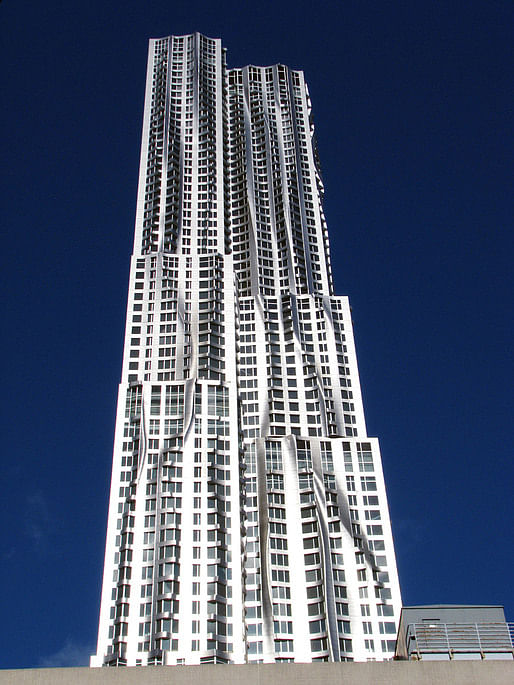
Bustler.net announced the ten winners of the 2011 Emporis Skyscraper Award , with Gehry Partners’s New York City located, 8 Spruce Street taking home the top place. Eric Chavkin couldn’t help himself “With the exception of the Gehry skyscraper it is uncanny how much these built works resemble late 60s early 70's minimalist sculpture. Does anyone else see that?”
Local Leaders: Healthier Communities Through Design is a recent report with case-studies released by the AIA. The report provides a roadmap for towns and cities looking to help their populations stay healthy by employing design techniques that encourage residents to increase their physical activity. It also documents the initiatives and policy choices of some of the biggest cities in the country that have designed communities with the health of their residents in mind.
Firms/Blogs/Work Updates
Daniel Cotton recently worked on a Steady-cam Prototype while Dhara Patel posted from River City a project, done for a school studio focused on Mumbai, which proposed Olympian scaled mega structure(s) as flood control infrastructure.

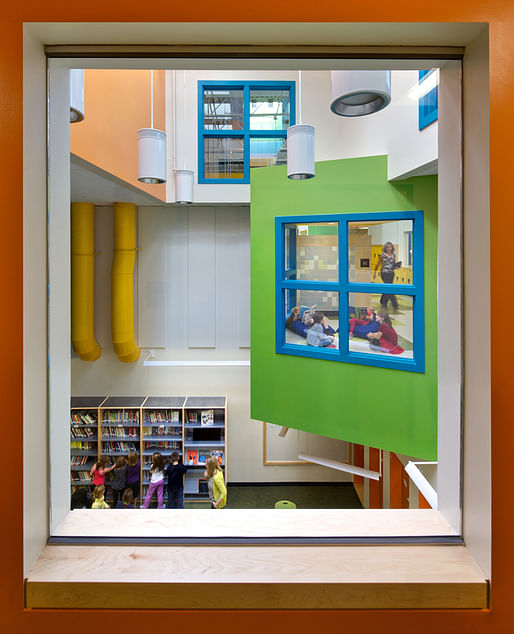
Input from the faculty, administration and local community played integral parts in the design process, which centered around three visionary ideas: 1. Spaces should support collaborative learning; 2. These collaborative spaces should be easily accessible by faculty and students to fully integrate them into the day-to-day learning experience; and 3. These spaces need to provide a variety of flexible environments to support a range of learning activities.
Gregory Walker wrapped up the year with some suggested readings; on the fiscal cliff, on how to double your salary and companies growth, and Chris Dixon on ‘agency problems’, the ‘product lens’ and buying talent. He also asked "what is it with architects and feet?”.
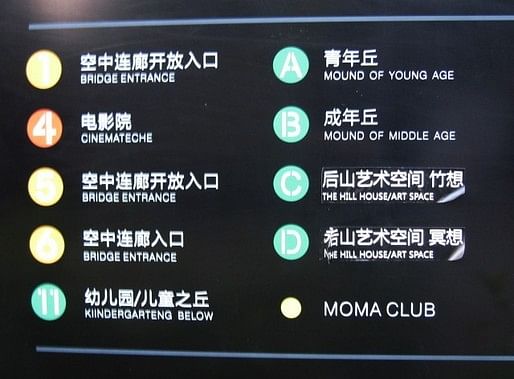

BuildingSatire offered up some tips for hacking architecture. Meaning, tips on how one can 'sneak' into architecture, especially since "It’s hard to have a valid opinion about an architecture without ever having been in its space”. The tips include; Research, Dress the Part, Keep Your Head Up, and most importantly, Be Kind.

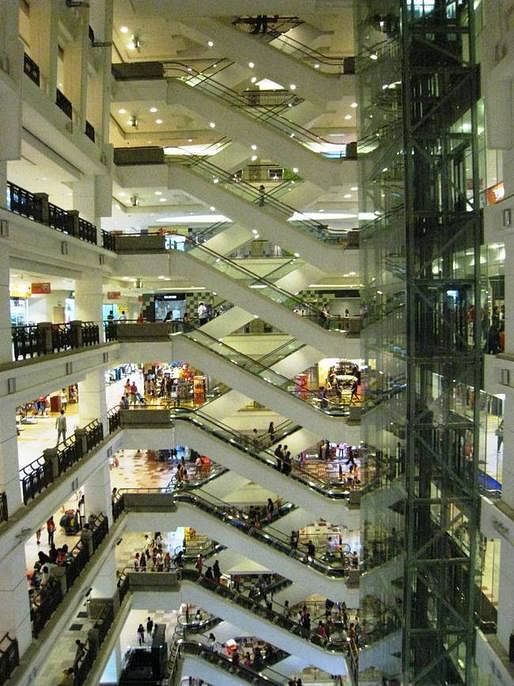
tonystefan got off to a great start documenting some of Kuala Lumpur malls - a do-it your-self Archinect tour of Asian mega-structural commercial urbanism, with posts ft Axis Atrium, Berjaya Times Square and Sunway Putra Mall.
Joann Lui, Assoc. AIA, LEED Green Assoc. wrote about getting a new job. She highlighted the fact "Even though it's been 9 months since we last talked, but they still remember me and a week later they called me to offer me a job.” A number of commenter were encouraged by the news while others shared good news of their own.
Schools/Blogs
Mitch McEwen who is doing a fellowship at Akademie Schloss Solitude in Stuttgart Germany, attended a symposium on RhythmAnalysis and was inspired by the presentation of a biologist, Meta Virant-Doberlet, who studies primarily stinkbugs and "substrate-borne communication." The work led Mitch to write "There's a mapping of territory, time, and movement that interests me here...If communication theory concerns itself with accuracy and signal transmission distance -- ie with the decoding of the airborne, then where is the theory of communication and space that explains this substrate potential of urbanism?"

The design/buildLAB at Virginia Tech has been hard at work on their Autism School designs. They are currently crafting plans to finish the project next semester.
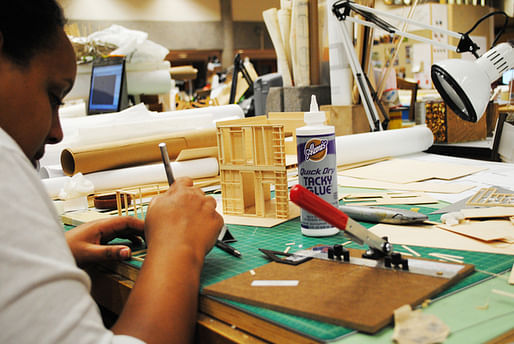
Last week Linda G. in the School of Architecture, the English Program for Master Architecture (EPMA), Tsinghua University, submitted a paper on the topic of critical regionalism.
Discussions
Finally, cj w. started a thread asking "what is the history of the 'abstracted barn form'? sliding house by dRMM, Vitrahaus by Herzog de Meuron, stacked houses by Sou Fujimoto... does anyone know (or have any information on its timeline) who started this ‘trend’, and when?".
BenC replied "I wouldn't really call it a ‘trend,’ but what you're describing sounds like critical regionalism / vernacular architecture. I highly recommend reading into Brian MacKay-Lyons work if you're interested in this aspect. You can also check out Frampton's essays on Critical Regionalism - great reading." Meanwhile Steven Ward was puzzled "i've been thinking about this one to figure out how to respond and all i can come up with is: did it ever go away?...i can't think of a time - post-modern, high modern, early- or pre-modern when the essential pitched-roof shape wasn't a trigger for the designer's desired associations" even J. James R. agreed "The post-and-beam or column-and-lintel construct...is probably the second oldest building style following right behind the lean-to”.
BulgarBlogger wanted to thoughts on Job Titles to Stay Away From? citizen offered a corrective "The title ‘job captain’ may not sit well because of some mental association with 'factory,' and that's fine. But it's also just silly. Basic concepts useful for industrial production, such as efficiency and economies-of-scale, are equally at home in the architecture office... even the ones you might deem as ‘creative’.”
It's been a few years since rgreen worked in Canada, so "For those of you who are in the know, what city in Canada seems to have the best architecture industry right now?" but they have been debating relocating to either Calgary or Vancouver while hoping to avoid Toronto. Bennji warns "can't speak too much about Vancouver, however the economy seems to be doing quite well out there. There are a lot of job postings and good architecture coming out of the West coast of Canada" but bowling_ball suggested "Vancouver and Toronto are doing well it seems...From speaking with colleagues, it seems that the pay is a little better in the US but the economy is stronger in Canada".
For his part Will Galloway shared "my friends are all doing well in canada, 180 degrees different than folks i know in europe (very little good news from there) and about 90 degrees away from life here in japan/asia...economy seems great from what i have seen" and Derek Kaplan joined in and reflected on his own experience as an American, with a MArch from UBC, who has ended up in Edmonton "I can vouch for the comments about the job market being pretty good here, in particular that the salaries here are higher than in Vancouver...While the vast majority of the built environment here nudges one toward despair, the redeeming thing is that the powers that be agree."
2 Comments
Great summary Nam
aw shucks.... and i didn't even "pick" everything!
Block this user
Are you sure you want to block this user and hide all related comments throughout the site?
Archinect
This is your first comment on Archinect. Your comment will be visible once approved.